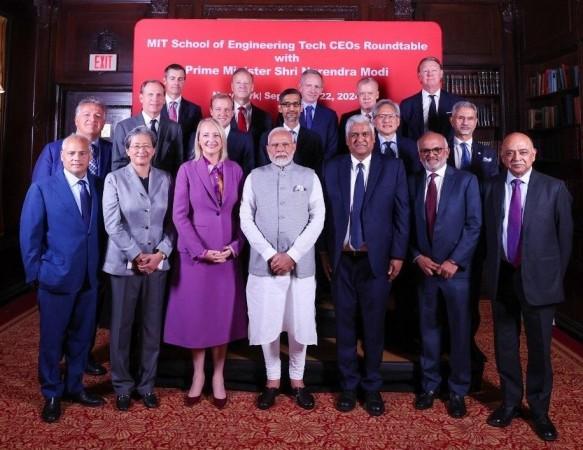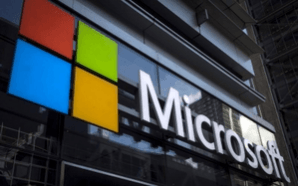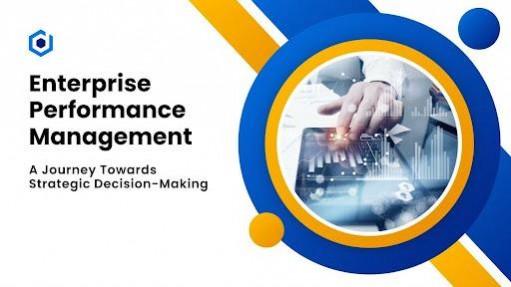
Dyson, the British technology company, has unveiled its first high-fidelity, audio-only headphones, the Dyson OnTrac, in India. The event was held in New Delhi on Monday, further expanding the brand’s product portfolio beyond consumer home products. Jake Dyson, Chief Engineer at Dyson, and India’s Dyson OnTrac headphones Ambassador, Badshah, attended the event alongside singer and songwriter Shai, and Ankit Jain, Dyson India’s Managing Director.
Dyson OnTrac headphones is the second audio product in the company’s portfolio after Dyson Zone. It promises to deliver high-quality audio, design, and style with best-in-class noise cancellation, reducing external noise up to 40 decibels. For this, Dyson developed a custom Active Noise Cancellation (ANC) algorithm that uses eight microphones to sample external sound 384,000 times per second. This feature, combined with superior materials and carefully designed internal geometry, creates an optimal listening environment for the user.
The headphones also boast an enhanced sound range, reproducing frequencies from as low as 6Hz to as high as 21,000Hz. This wide range ensures detailed audio with precision, deep sub-bass and clear highs at the upper end of the frequency range. Another interesting feature is that the speaker housing is tilted 13˚ towards the ear for a more direct audio response.

One of the standout features of the Dyson OnTrac headphones is the impressive battery life. With up to 55 hours of listening time, even with ANC enabled, the headphones can provide up to two weeks of use on a single charge. The two high-capacity lithium-ion battery cells are suspended in the headband for more even weight distribution.
Dyson OnTrac is certified by US Ergonomics for comfort and acoustics with precision. High-grade foam cushions and multi-pivot gimbal arms relieve ear pressure, while battery positioning in the headband evenly distributes weight. Soft micro-suede ear cushions and optimized clamp force provide a consistent fit across diverse head sizes.
Customizable design
Dyson OnTrac headphones offer over 2,000 customizable color combinations for outer caps and ear cushions. The outer caps feature high-grade aluminum construction for a lightweight, durable finish in a range of colors and finishes – ceramic or anodized.

The headphones can also be controlled by MyDyson app, which includes real-time soundtracking, alerting users to potentially harmful levels and more. The app also allows users to choose between three custom EQ modes: Bass Boost, Neutral, and Enhanced.
The Dyson OnTrac headphones are priced at Rs 44,900 and are available at Dyson.in and Dyson demo stores across India.



 New Delhi, 23 September 2024: BOULT, India’s No 1 Rated Audio brand is proud to announce the launch of the RetroAmp X60 and RetroAmp X40, two powerful yet elegantly designed speakers that blend vintage aesthetics with advanced technology to elevate your audio experience. With these additions, BOULT continues to push the boundaries of audio performance, delivering immersive sound and stunning craftsmanship for all music lovers and users who seek vintage charm with modern sound.
New Delhi, 23 September 2024: BOULT, India’s No 1 Rated Audio brand is proud to announce the launch of the RetroAmp X60 and RetroAmp X40, two powerful yet elegantly designed speakers that blend vintage aesthetics with advanced technology to elevate your audio experience. With these additions, BOULT continues to push the boundaries of audio performance, delivering immersive sound and stunning craftsmanship for all music lovers and users who seek vintage charm with modern sound.






